Should I Do Kitchen and Bath Remodeling At the Same Time?
Remodeling is one of the most rewarding yet challenging undertakings for any homeowner. Among the most popular choices are updates to the kitchen and bathroom—two spaces that impact both daily life and long-term property value. The decision to pursue kitchen and bath remodeling simultaneously is significant, requiring careful thought about goals, finances, and logistics. When managed effectively, however, tackling both projects together can lead to a more cohesive home transformation.
According to Houzz, their 2025 Kitchen Trends Study showed that, in a kitchen remodel, most homeowners upgrade their countertops (91%), backsplash (85%), and cabinets (85%). These statistics reflect the importance of remodeling decisions that balance design, function, and investment. Below is a comprehensive look at the considerations, advantages, and strategies involved in dual projects.
Setting Clear Goals for Both Spaces
Before launching into any kitchen and bath remodeling project, homeowners must define their goals. A kitchen remodel often emphasizes functionality and style—upgrading appliances, creating more storage, or modernizing finishes. Bathrooms, meanwhile, might focus on creating spa-like retreats or improving accessibility for aging family members. Establishing these goals upfront ensures the remodel aligns with lifestyle needs and future plans.
It is also important to distinguish between essential and desired changes. Essential updates include addressing outdated plumbing, faulty wiring, or insufficient storage, as these issues directly affect the safety, functionality, and long-term durability of the home. For example, replacing old electrical systems not only prevents hazards but also allows the kitchen to handle modern appliances without overloading circuits. Similarly, updating plumbing ensures reliable water flow and minimizes the risk of leaks that could cause hidden damage down the road. These foundational improvements may not always be visually exciting, but they form the backbone of a successful kitchen and bath remodeling project.
Desired changes, on the other hand, involve upgrades that enhance the look and feel of the spaces. These might include installing designer backsplash tiles, choosing custom cabinetry with unique finishes, or adding luxury features such as a soaking tub or built-in wine fridge. While not strictly necessary for functionality, these updates create opportunities for personalization and enjoyment.
Building a Realistic Budget and Timeline
Budgeting is one of the most critical steps in remodeling, especially when handling two projects at once. A thoughtful budget accounts for materials, labor, permits, and a contingency fund of 10–20% for unforeseen costs. Kitchens generally demand a larger portion of the budget due to appliances and cabinetry, while bathrooms involve significant costs for plumbing and fixtures. By creating a detailed cost breakdown, homeowners can balance essential upgrades with desired enhancements.
Financing options should also be carefully considered. Home equity loans, personal loans, or dedicated savings accounts all provide pathways for funding. The right choice depends on each homeowner’s financial situation, and consulting with financial advisors is often beneficial. Regardless of the method, a realistic financial plan ensures peace of mind throughout the remodeling journey.
Equally important is setting a practical timeline. Remodeling both spaces together can streamline schedules and even reduce costs by consolidating labor and material deliveries. Coordinating design and construction phases prevents delays and allows homeowners to monitor progress effectively. A clear timeline reduces stress and keeps the project moving toward completion without unnecessary disruptions.
Maximizing Value Through Strategic Choices
One of the strongest incentives for kitchen and bath remodeling is the impact on property value. These two rooms are among the most influential when buyers evaluate a home, making them prime areas for investment. Updated kitchens introduce modern functionality and style, while remodeled bathrooms enhance comfort and luxury. Together, they provide a cohesive upgrade that can significantly increase resale potential.
Smart choices amplify this return on investment. Energy-efficient appliances, water-saving fixtures, and durable materials not only appeal to buyers but also reduce long-term utility costs for the homeowner.
The Houzz study underscores this value by showing how widespread upgrades to countertops, backsplashes, and cabinets are. These popular improvements reflect what modern buyers expect, and aligning projects with these trends strengthens both immediate enjoyment and long-term financial benefits.
Coordinating Design and Professional Support
Design integration is essential when pursuing simultaneous remodels. Homeowners benefit from harmonizing themes across both rooms, whether choosing sleek, modern finishes or classic, timeless details. Cohesion in style creates a sense of flow throughout the home, avoiding the disjointed feel of mismatched upgrades.
Professional design services play a pivotal role in this process. Designers not only bring expertise in creating cohesive aesthetics but also streamline decision-making, ensuring homeowners remain within budget and on schedule. They act as a bridge between vision and execution, coordinating with contractors to prevent miscommunication and delays. With their guidance, homeowners can balance customization with practicality, ensuring that the remodel delivers both beauty and function.
Another key decision is whether to invest in custom or standard designs. Custom elements, such as bespoke cabinetry or unique fixtures, create highly personalized spaces. Standard designs, however, often save time and money while still offering attractive results. The right approach depends on budget, goals, and lifestyle needs. By striking a balance between these choices, homeowners can achieve remodeling outcomes that feel both unique and practical.
Preparing for Challenges and Unexpected Costs
Even the most meticulously planned kitchen and bath remodeling projects encounter unexpected challenges. Hidden structural problems, such as water damage behind walls, outdated wiring, or deteriorating subflooring, can surface once demolition begins. These issues not only increase costs but also extend timelines, requiring immediate attention to ensure safety and compliance with building codes. Delays in material deliveries are another common issue, especially when relying on imported tiles, custom cabinetry, or specialized fixtures. Labor shortages or scheduling conflicts with subcontractors can add further complications, underscoring the need for realistic expectations from the start.
To navigate these hurdles, homeowners should prepare both financially and mentally. Setting aside a contingency fund, typically 10–20% of the total project budget, is essential for absorbing unexpected expenses without derailing the entire remodel. Just as importantly, maintaining open communication with contractors helps address surprises quickly and collaboratively. Homeowners who ask questions, request updates, and stay actively involved are better positioned to keep the project moving forward.
Flexibility and vigilance are key to preserving momentum. Regularly monitoring expenses against the budget, tracking the timeline, and reviewing progress at each milestone can prevent small problems from becoming major setbacks. For example, if a delivery delay threatens to stall progress, homeowners and contractors may be able to adjust the schedule to prioritize other tasks in the meantime. By remaining adaptable and solutions-oriented, homeowners can minimize disruptions and maintain confidence in the process.
Ultimately, the ability to anticipate and respond to challenges determines the success of a dual remodeling project. With preparation, patience, and proactive management, homeowners can ensure their kitchen and bath remodeling efforts stay on track, delivering the comfort, beauty, and value they envisioned.
Undertaking kitchen and bath remodeling at the same time is a major decision, but one with substantial rewards. By establishing clear goals, crafting a realistic budget, and coordinating design efforts, homeowners can create spaces that are both functional and visually stunning. The investment is not only personal but financial, with updated kitchens and baths significantly boosting resale potential. According to Houzz, countertops, backsplashes, and cabinets are among the most common upgrades, reflecting how strategic remodeling choices align with both homeowner needs and buyer expectations.
Ultimately, remodeling both spaces together provides a more cohesive and efficient transformation of the home. With proper planning, professional support, and financial preparedness, the challenges can be managed effectively, and the rewards are long-lasting.
If you’re ready to transform your home, start planning your kitchen and bath remodeling project today with Castle Painting, bringing your vision to life and investing in a future of comfort, beauty, and value.
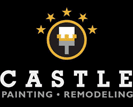
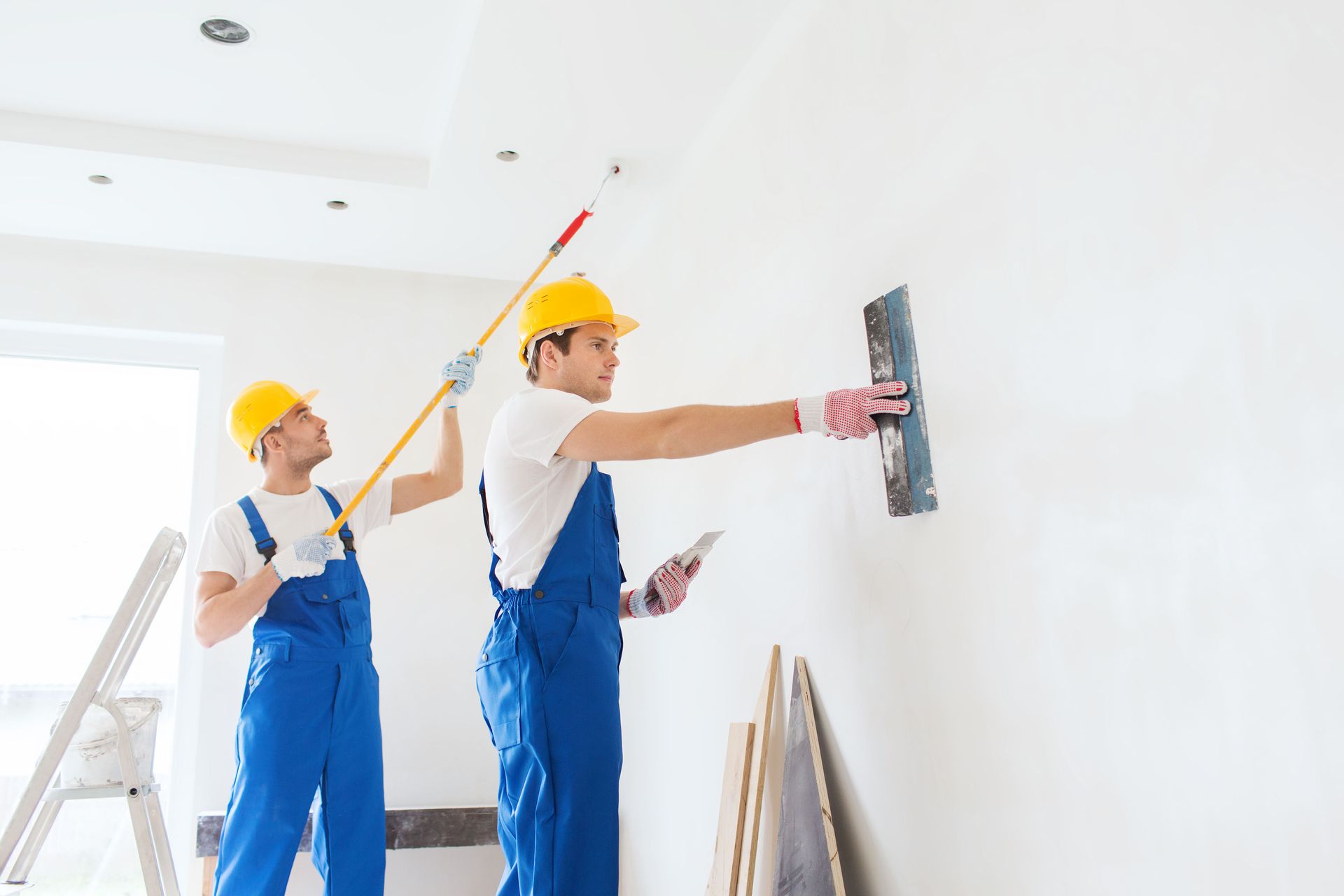
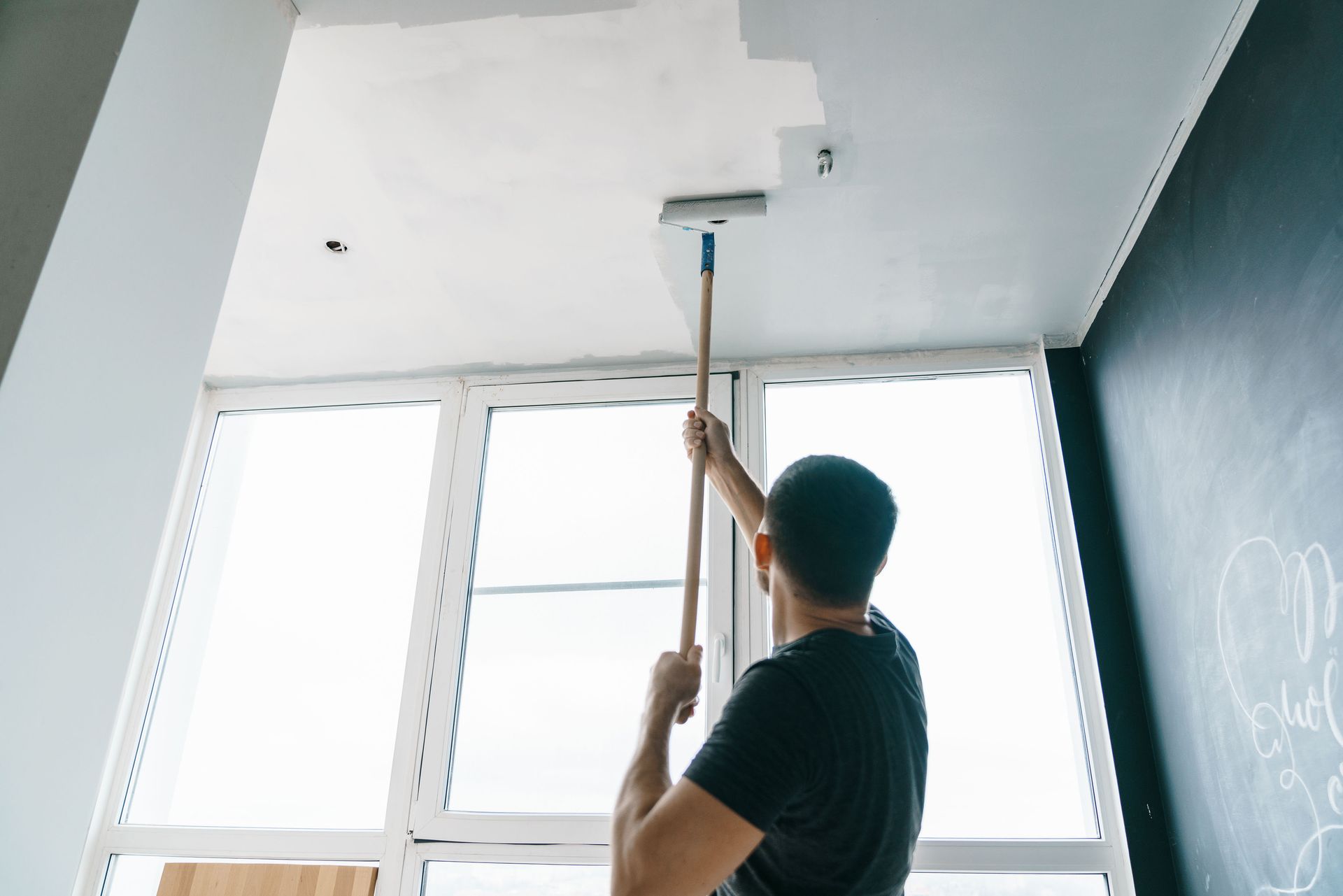
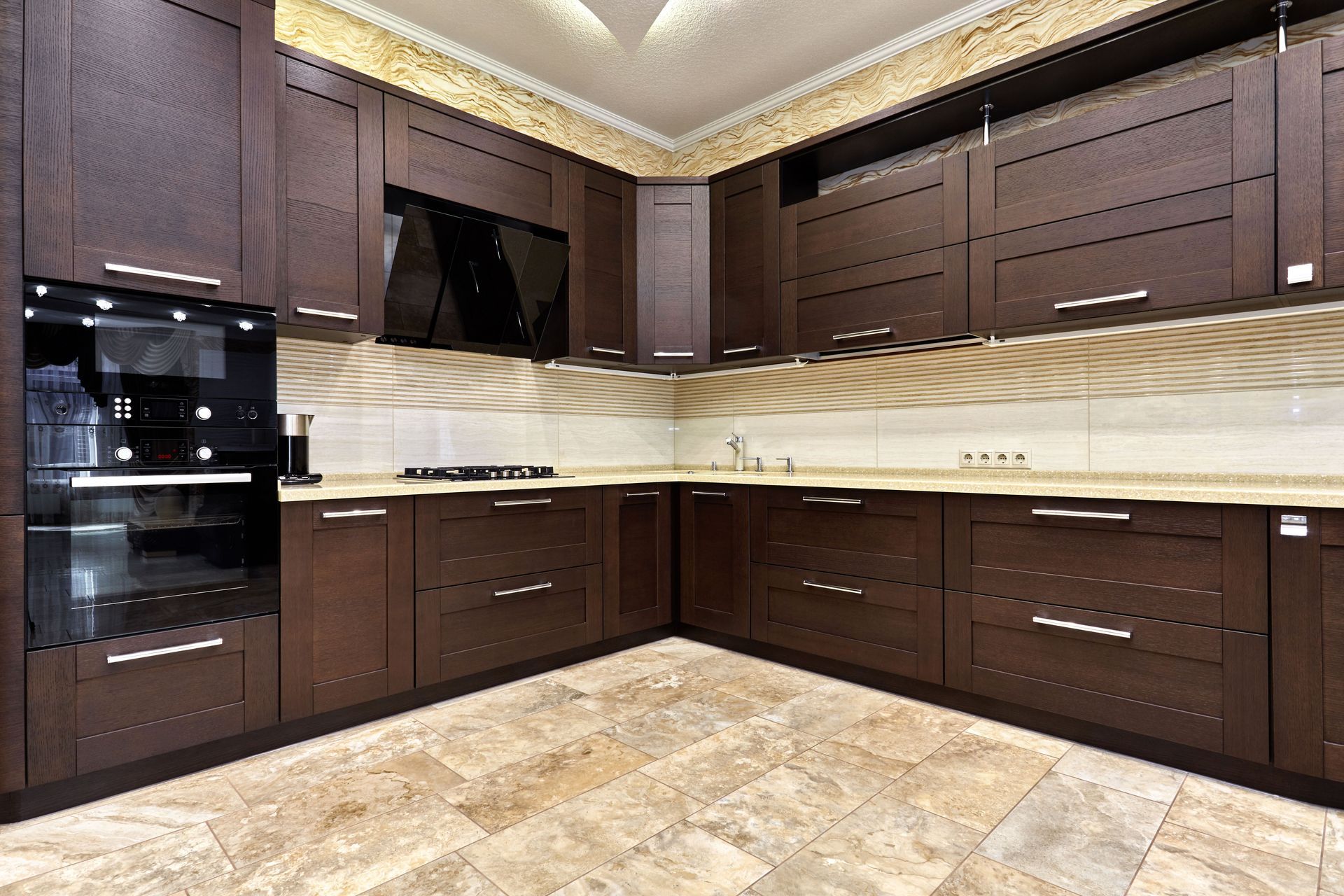
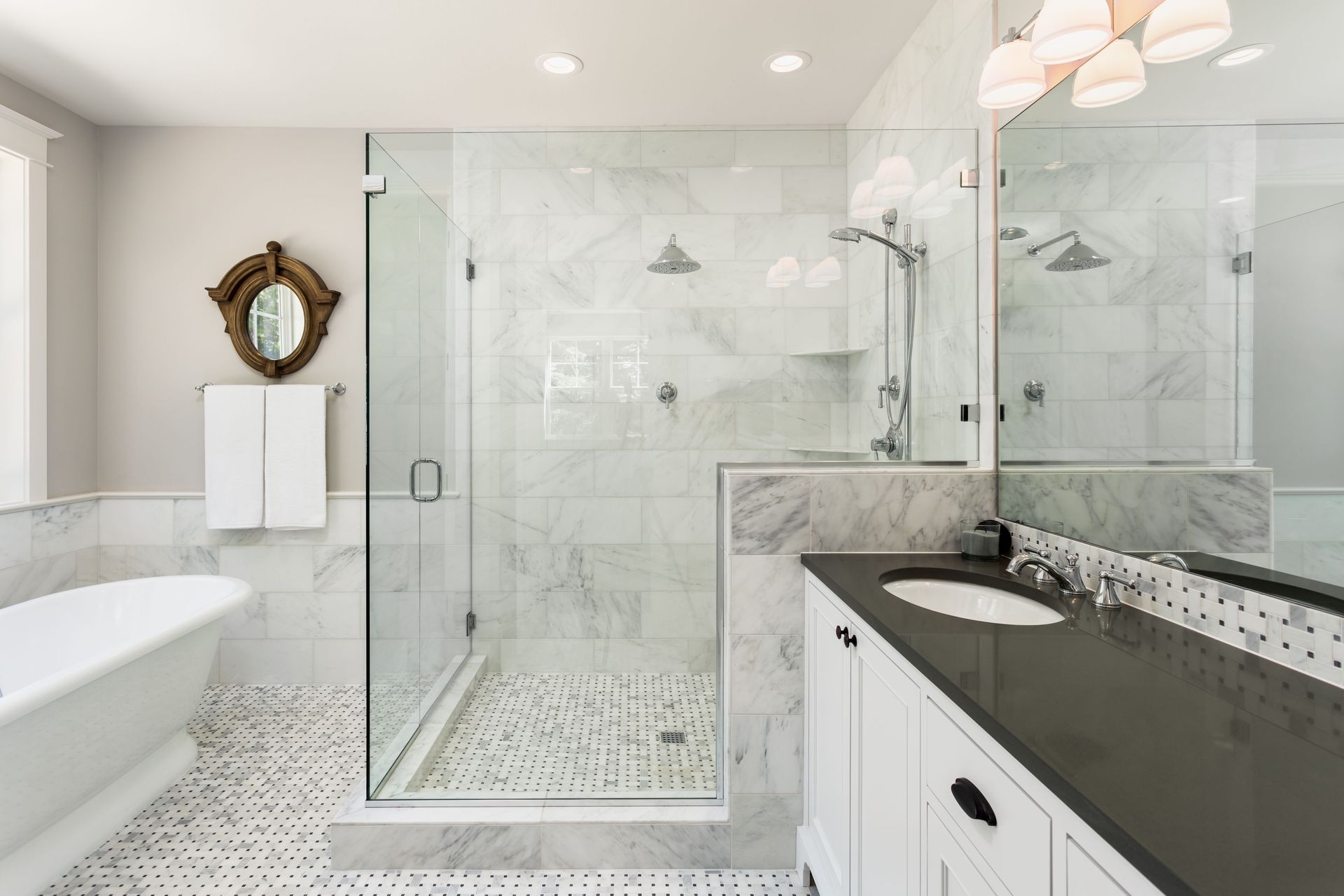
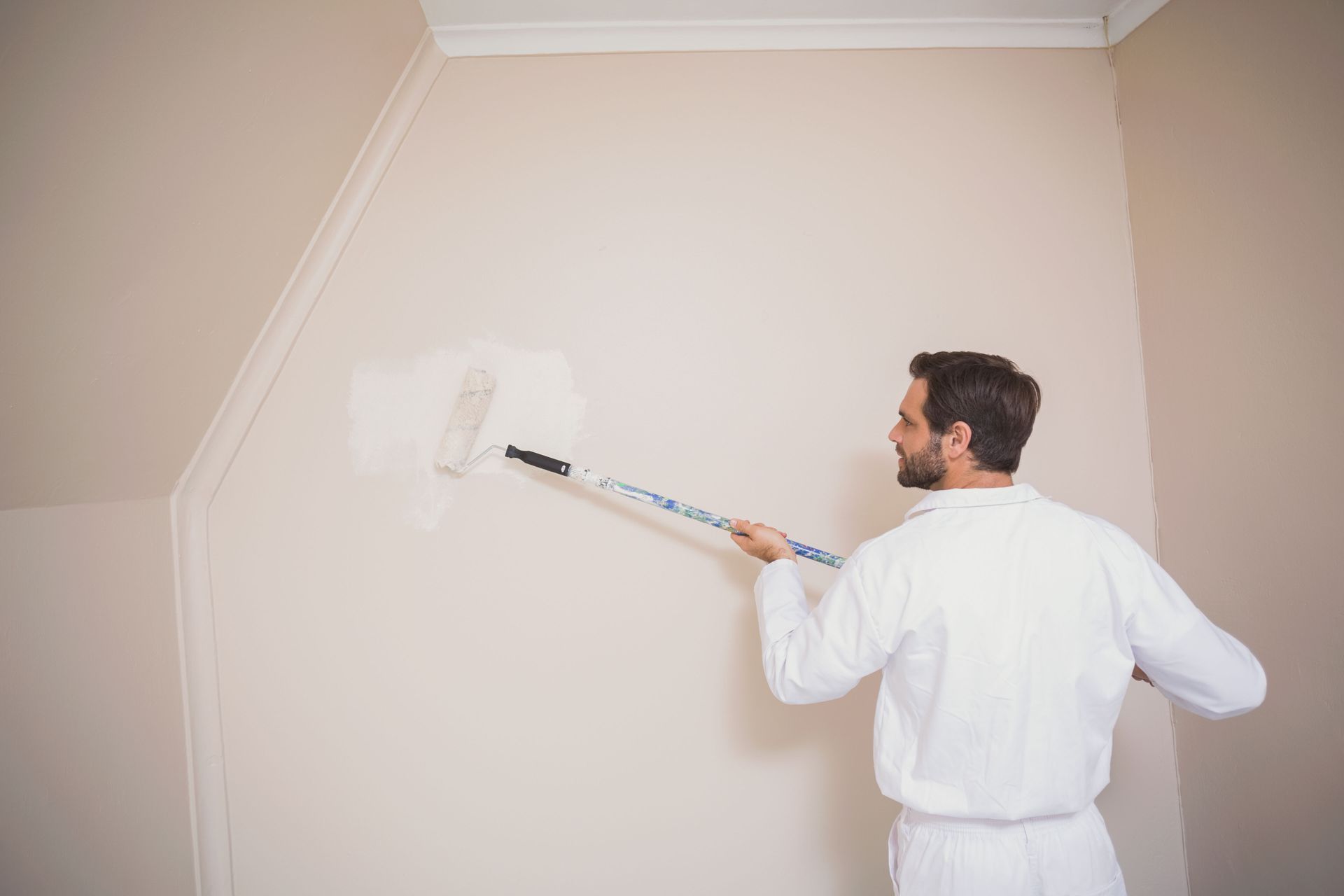
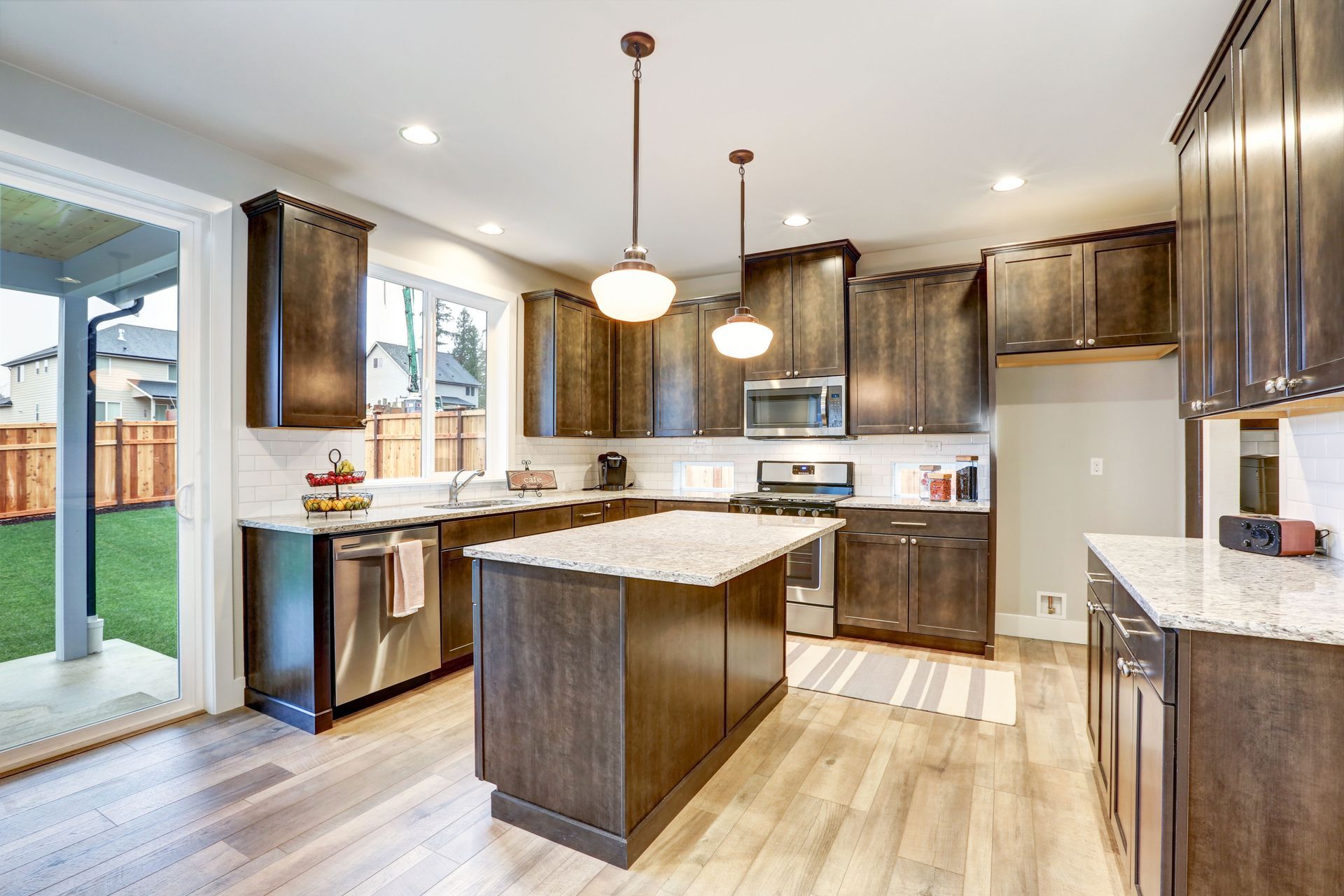
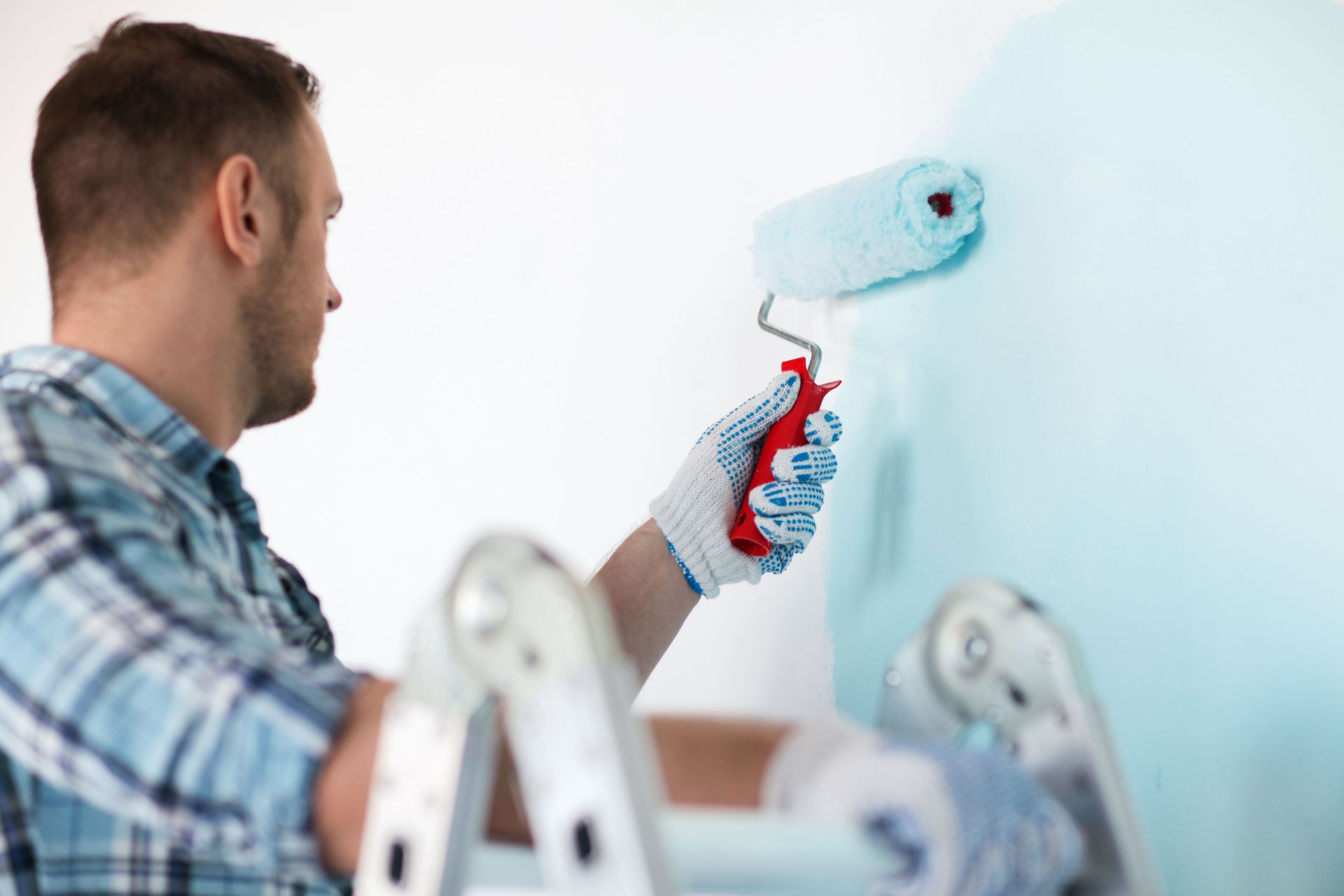
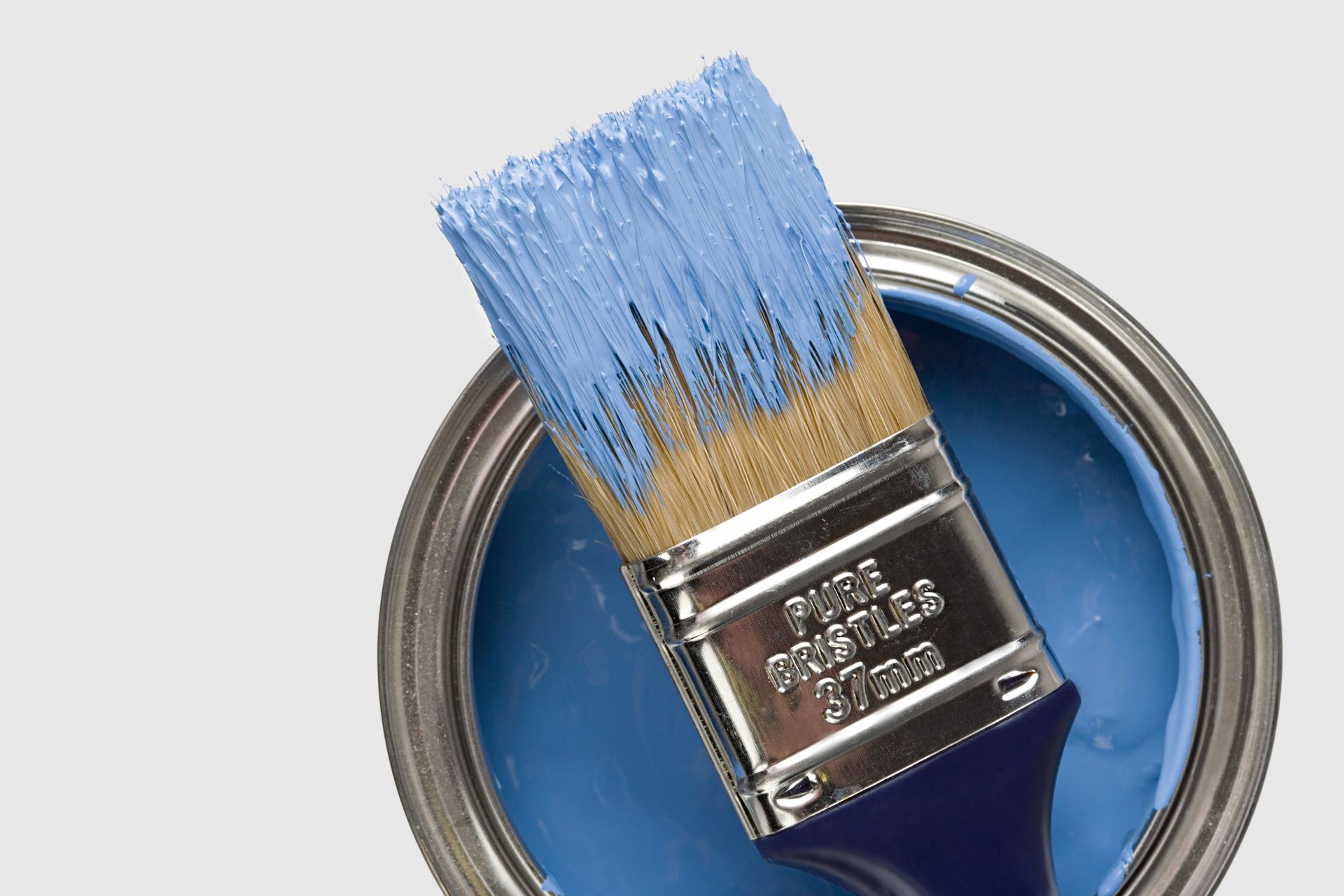

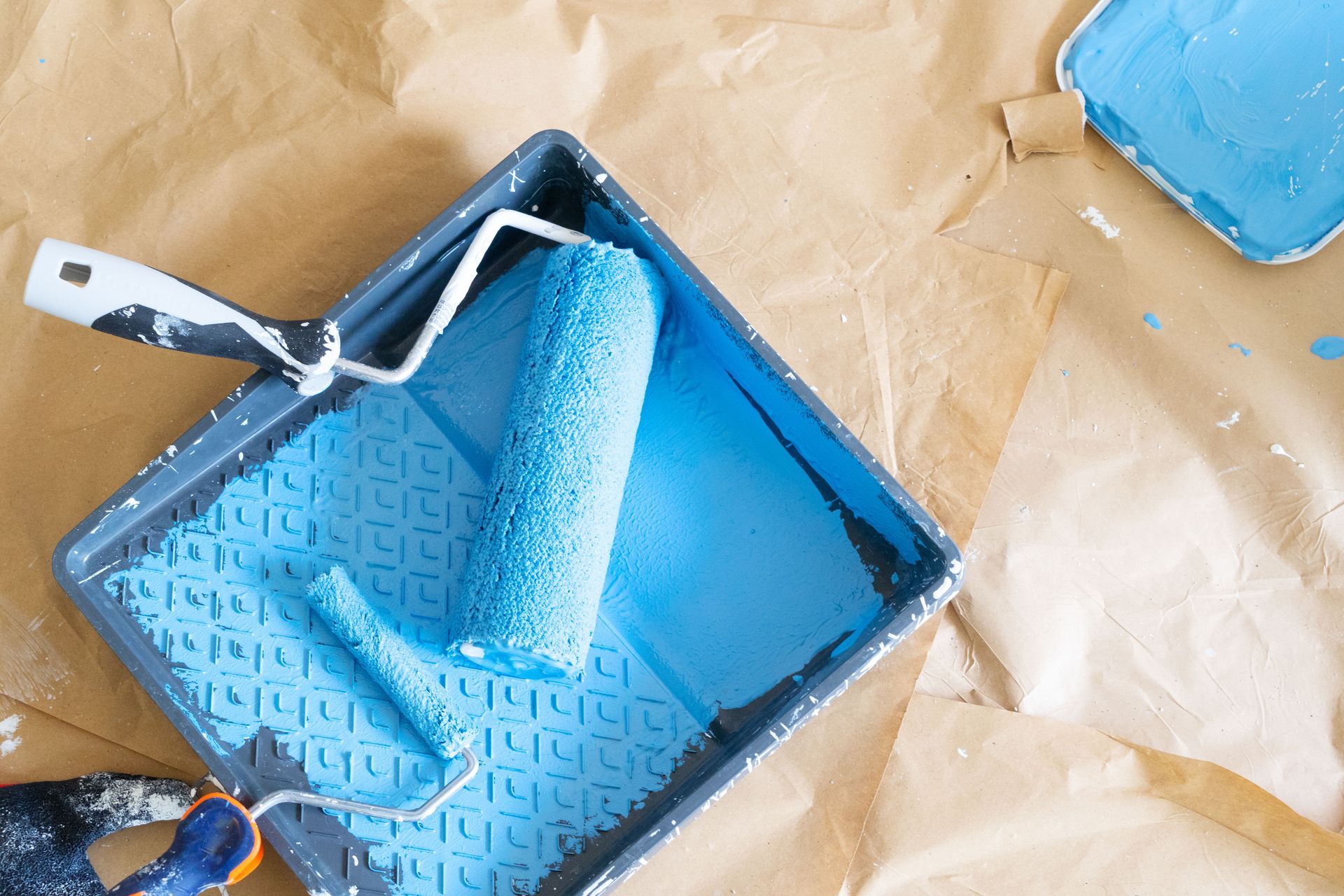
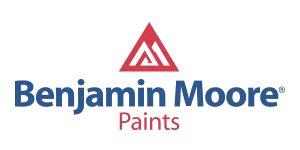





Share On: